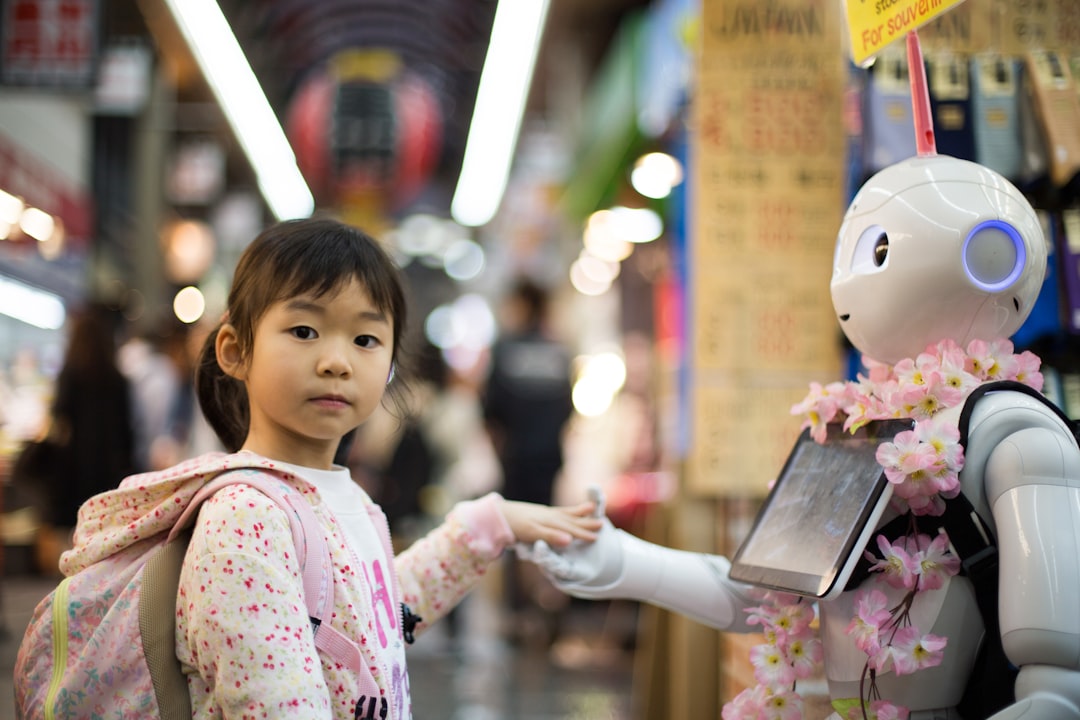What is it about?
When you pass by a preschool classroom, it is impossible to ignore the multiple voices that come from it. How much of this talk is addressed to each child in the classroom? Child-centered experiences, like sustained conversations between a child and her caregiver, are very influential in child development. In this study, 13 preschoolers used head-mounted cameras for one week to examine the frequency and duration of their peer and teacher interactions and the quantity and quality of the language used in these interactions. Average values at the classroom level, which is frequently used in educational studies, did not represent every child’s experience, with some pupils interacting more frequently and for longer with teachers and peers. Consequently, the quantity and quality of their linguistic experiences also deviated from average values. This suggested that for some children the main source of linguistic experiences was their teachers while for others their peers served as an additional source of verbal input. Moreover, children’s verbal interactions were highly fluctuating during the day; pupils were exposed to short bouts of language over time rather than sustained verbal interactions. This work raises questions on what children intake from their classroom interactions and how that varies across children from different backgrounds.
Featured Image

Photo by CDC on Unsplash
Why is it important?
This study brings attention to the variability of child-centered learning experiences within preschool classrooms, which is often overlooked in instruments widely used to evaluate instruction quality and design professional development programs. Preschool classrooms are becoming more diverse —65% of pupils entitled to special education services in the U.S. attend inclusive classrooms and 23% of children in these settings are bilinguals— and we know little about how much of the within-classroom variability of pupils' experiences is because of their backgrounds.
Perspectives
Small-scale studies like this one allow us to understand how mechanisms of interactions are displayed in classrooms. However, studies at scale are needed to further explore how these mechanisms are associated with children’s backgrounds and learning. Studies of this kind are infrequent because video transcription and annotation are expensive. Sensing technologies are a promising alternative, but collaborative work is needed to tailor these tools to the classroom and teachers’ needs.
Leydi Chaparro-Moreno
Boston University
Read the Original
This page is a summary of: The preschool classroom linguistic environment: Children’s first-person experiences, PLoS ONE, August 2019, PLOS,
DOI: 10.1371/journal.pone.0220227.
You can read the full text:
Resources
The influence of context on the abstraction level of children’s conversations in the preschool classroom
Using the child-centered approach, this study examined the characteristics of the classroom context that facilitates pupils’ use of abstract talk, like emotions and time.
Automatized analysis of children’s exposure to child-directed speech in preschool settings: Validation and application
This study describes and examines the accuracy of a new sensing technology tailored to early childhood education settings to automatically process pupils’ verbal interactions.
Contributors
The following have contributed to this page










